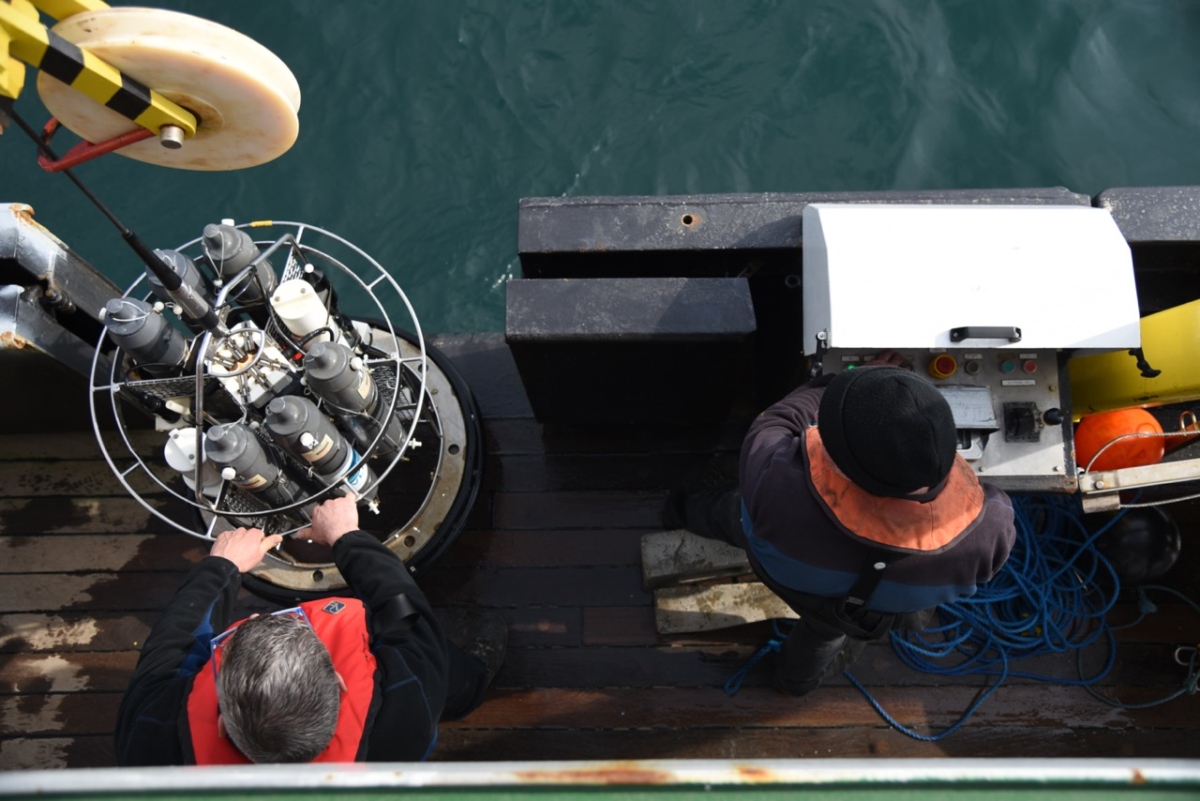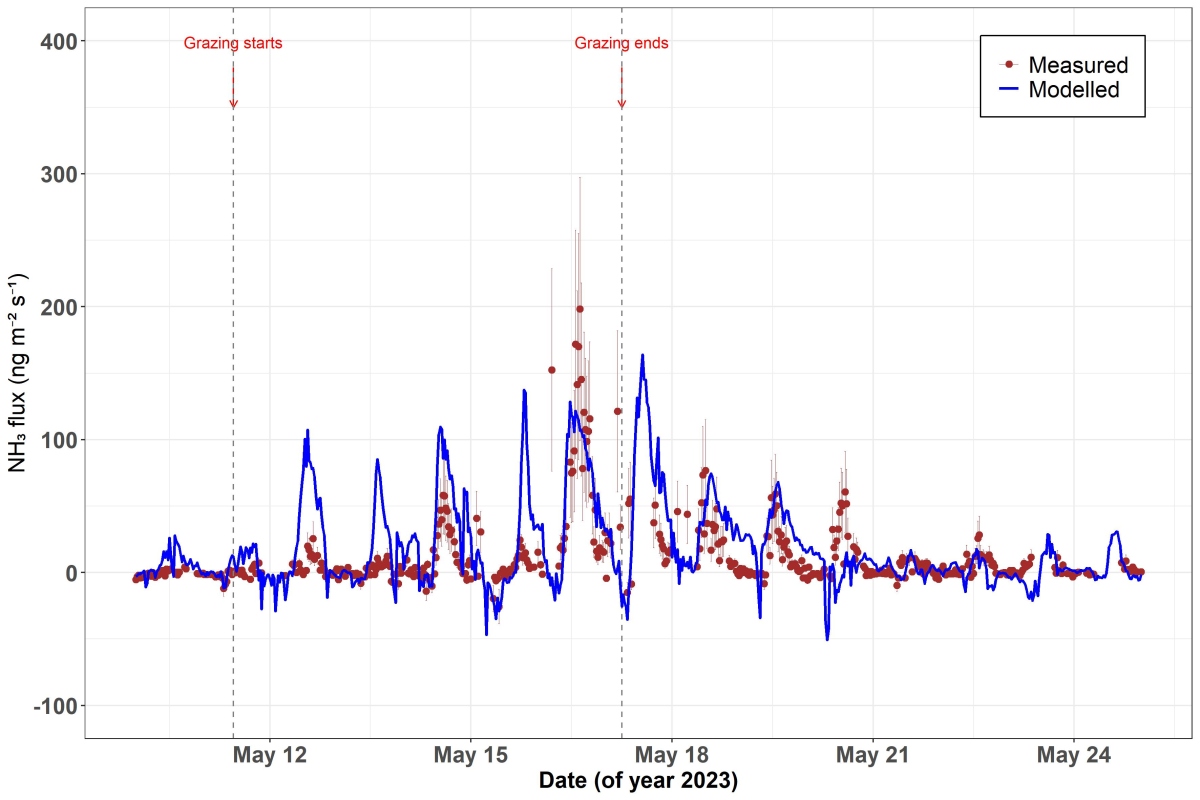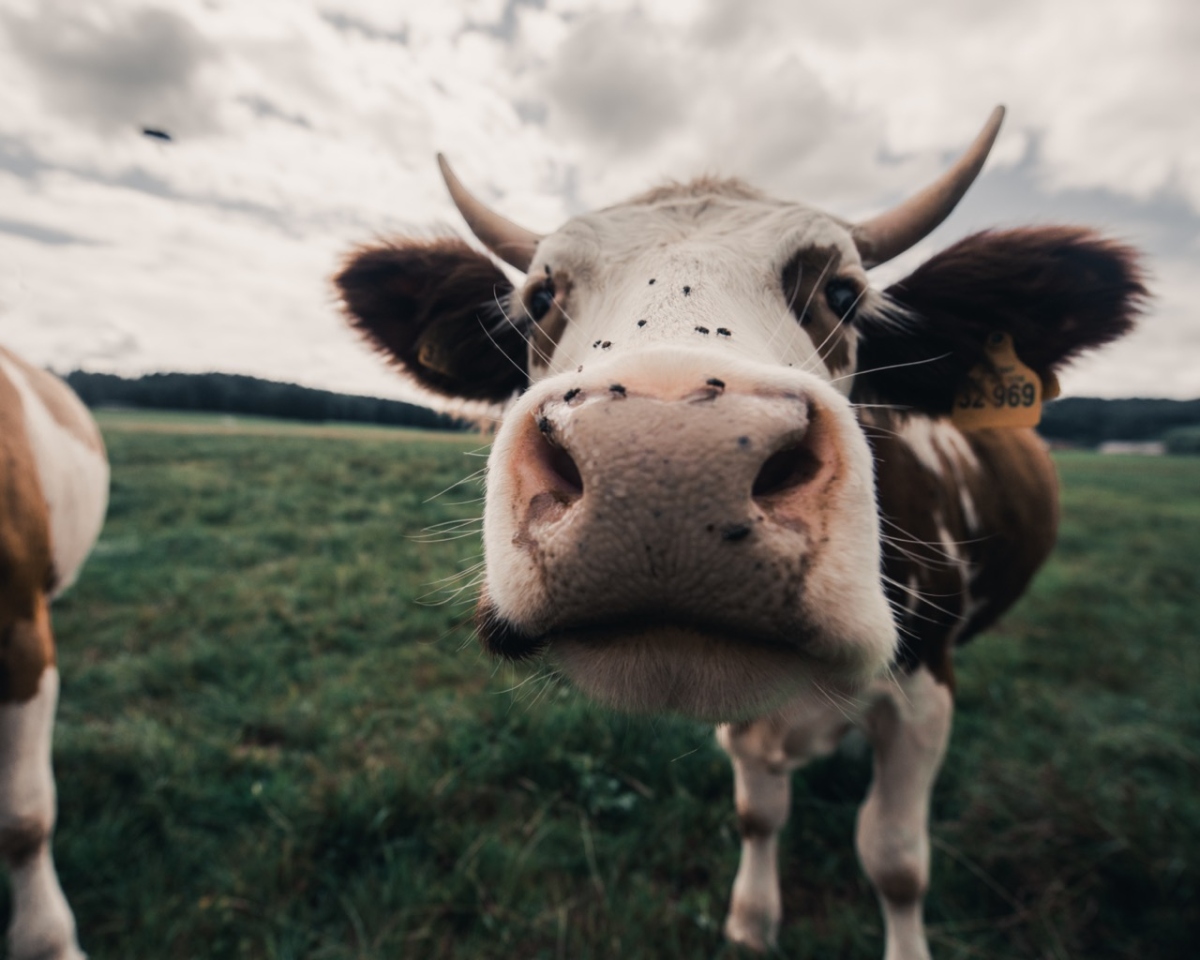
Over the ten years of their existence, ICOS Science Conferences have been a venue for interaction and exchange between scientists, often leading to new groundbreaking research. The conference presents an opportunity for everyone to hear the latest greenhouse gas science.
Many scientists who presented their research at the conference either frequently use ICOS data or benefit from expertise from the ICOS community in their research. The questions explored also help ICOS forward, particularly when it comes to developing new methods and technologies.
Below is a showcase of a few such presentations from ICOS Science Conference 2024, which took place between 10 and 12 September 2024 in Versailles, France, and online.
Eddy covariance and ship-based measurements used to understand CO2 fluxes over the Baltic Sea
The Baltic Sea was the research subject of Iwona Niedzwiecka, who compared the Eddy Covariance (EC) measurement from shipboard, onboard their own ship s/v Oceania, and tower from Östergarnsholm fixed ICOS Ocean station with indirect bulk methods. The ICOS ship-of-opportunity (SOOP) Ocean station Finnmaid provided pCO2 in seawater data. The comparative test yielded good results and a slight difference between ship-based and land-based measurements, but the difference was still tolerable.
“The differences between shipboard and tower-based measurements were due to the differences in measurement location. Ship-based measurements are sensitive to the ship’s movement and flow distortion, which is common due to the ship's design. These differences were precisely why we did our measurements near the fixed ICOS station”, Iwona Niedzwiecka says. “We expected differences, but the question was how big. Thanks to this comparison, we can assess the degree of uncertainty of measurements on our ship.”
The findings are critically important for climate change modelling and environmental policy, highlighting the importance of diverse measurement and modelling approaches in offering a holistic view of CO2 flux dynamics.

ICOS station Mejusseaume contributes to scarce ammonia flux measurements
Ammonia (NH3) is a major atmospheric pollutant, with about 94% coming from agricultural activities. In grazed grasslands, the exchange of NH3 between the land and the atmosphere is controlled by complex interactions between soil, vegetation, animals, and atmospheric processes.
To understand this interaction, Mubaraq Olarewaju Abdulwahab conducted research that used a process-based modelling approach for simulating surface-atmosphere NH3 fluxes in pastures. He found a substantial increase in NH₃ emissions in the days that follow the start of grazing by a large dairy cattle herd, with NH₃ emissions clearly larger during the day than at night (effect of temperature on the emission process). Within a week or two, emissions tend to subside when most of the substrate (urea from cattle urine) has run out until the next grazing phase.

Data used in model development came from the ICOS Ecosystem station Mejusseaume in France which started collecting high-resolution ammonia measurements from spring 2021 to 2024, using new instrumentation that was added to the existing set-up. The measurements are a significant contribution to the very limited number of grazing-related NH3 flux datasets available globally. Other ancillary data about soil, vegetation, and management, collected as part of ICOS monitoring, were also essential for model development.
“The Mejusseaume station data was significant for its rare ammonia flux measurements, along with essential soil, vegetation, and grazing animal data that helped us better understand the complex interactions influencing NH₃ emissions in grazed grasslands. This improved understanding was key in developing a process-based model of how ammonia responds to changing conditions between the ground, plants, and the atmosphere, as well as its environmental impacts”, Mubaraq Olarewaju Abdulwahab says.

Zackenberg and Hyytiälä stations provided data for studying extreme weather events in the Arctic
Extreme weather events were the research topic of Amélie Cuynet and her co-authors, who studied how Arctic ecosystems respond to extreme weather events. The context of the research was a phenomenon known as Arctic amplification, which refers to the stronger warming of the Arctic compared to the rest of the world, and therefore leading to changes in extremes which can widely affect the ecosystems.
Cuynet wanted to see what kind of impact extreme events have on the Arctic ecosystems and test if the response would be possible to model through the ORCHIDEE LSM model. Two ICOS sites – Zackenberg in Greenland and Hyytiälä in Finland – offered data for the model.

The next step is to continue comparisons and improve the model’s cababilities to assess extreme weather events.
"The initial phase of the study focused on analyzing the meteorological trends and extreme events at various boreal sites, including ICOS stations Zackenberg and Hyytiälä. The next step will involve examining carbon flux data from the ICOS sites, particularly during extreme weather events, and comparing these observations with the ORCHIDEE land surface model outputs. This comparison will help assess the model's accuracy in representing such events. Based on the findings, we will implement model improvements to better capture and address these extremes”, Amélie Cuynet describes.
Improving regional CO2 flux estimates through ICOS atmospheric measurements
Effective climate mitigation strategies hinge on accurately assessing carbon dioxide sources and sinks. Carla D'angeli presented results from a study aimed at improving regional CO2 flux estimates by integrating atmospheric data with high-resolution inversion models, focusing on distinguishing between different CO2 sources (like fossil fuel emissions and natural processes). The group also wanted to test the system's accuracy during extreme events like heat waves.
The researchers focused on 2022 summer drought by integrating real-time CO2 measurements and tower footprints into a Bayesian inversion framework. The 2022 anomaly was captured by the ICOS Atmosphere stations in France, and the transport model evaluation with meteorological data gave encouraging results. D’angeli also looked into the spatial coverage of the ICOS Atmosphere station network and the ecosystems’ representativity in France, and discovered that while the northern part of France and natural ecosystems seem to be well covered, the south is lacking data.
“Being able to assess the impact of extreme weather events on the carbon dioxide released in the atmosphere are crucial to set achievable carbon mitigation strategies. Atmospheric inversion frameworks with carbon measurements are promising to achieve this goal” Carla D’angeli says.

Presentations featured in the story
- Measurements of CO2 fluxes over the Baltic Sea from land and ship using EC method and different gas transfer velocity parameterizations by Iwona Niedzwiecka et al.
- A dynamic soil, plant, animal and atmosphere modelling system for NH3 exchange in grazed grasslands by Mubaraq Olarewaju Abdulwahab et al.
- Understanding and modelling the response of high latitude ecosystems to extreme meteorological events with the ORCHIDEE land surface model by Amélie Cuynet et al.
- High-Resolution Regional Atmospheric CO2 Inversion: Integrating Data and Models for Carbon Budgets by Carla D'angeli et al.
Read the abstracts here. View the presentations featured in the story here. All presentations from authors that have allowed the public sharing of their slides can be found here.